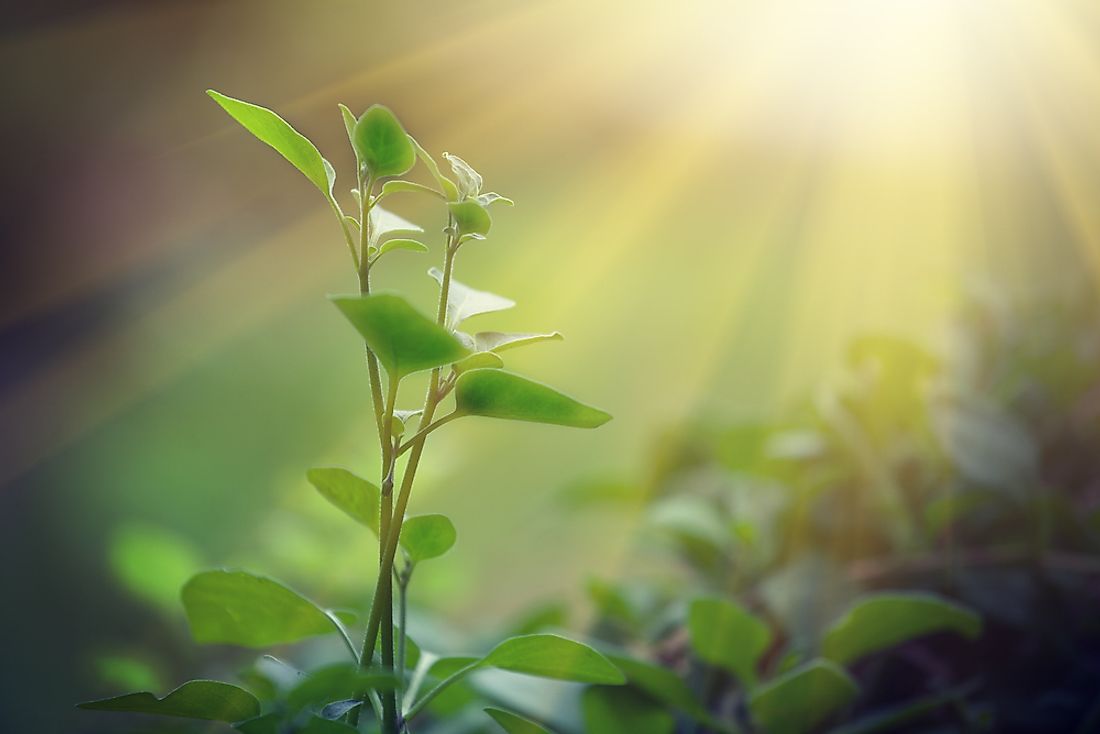What is Photobiology?

What Is Photobiology?
Photobiology is the study of the interaction or the relationship between living organisms and the light. Living organisms consist of all plants and animals. In technical terms, it is the interaction of the non-ionizing radiation with the micro-organisms. The field of photobiology is essential for understanding the relationship between an organism and its surrounding environment. Some of the photobiology sub-divisions include photosynthesis, which is the interaction of the non-ionizing radiation with plants this process is essential for the manufacture of nutrient for the plant growth and survival, photochemistry, visual processing, and ultraviolet radiation studies among others. The main difference between the ionizing radiation and the non-ionizing have been calculated by experts to be 10eV. 10eV is the energy required ionizing a single oxygen atom.
What Is Photosynthesis?
As stated above photosynthesis is a branch of photobiology, by definition photosynthesis is the process by which plants and other living organisms convert the light from sunlight rays into chemical energy which is later broken down to provide the necessary nutrients for the survival of the plant, algae, or any other organism that depend on sunlight to manufacture its food. The chemical created by the non-ionizing radiation is used stored in the form of carbohydrate molecules which are most of the time in the form of sugar. The carbohydrates are broken down with presses of carbon dioxide and water. Organisms that perform the process of photosynthesis are called photoautotrophs. Examples of this organism are plants, algae, and a bacteria known as the cyan bacteria. The byproducts of the photosynthesis process are the oxygen gas; the excreted gas is vital for the survival of animals.
Visual Processing
The non-ionizing radiation is vital for visual processing. For example, a human being to processes a visual object the emissions is essential. The eye detects and interprets information from visible light to create an extract of the surrounding environment. A lack of visual perception which is as a result of non-ionizing radiation usually results in blindness.
The Circadian Rhythm
The circadian rhythm is a branch of photobiology that predicts entrainable oscillations which last for about 24 hours. These oscillations are mainly observed in plants, animals, fungi and cyan bacteria. The processes are carried out by the living organism with the presence of the non-ionizing radiations. This rhythm can be reset or changed when there is exposure to stimuli for example too much light and deficient heat
Photomorphogenesis
Another entire category of photobiology is photomorphogenesis; this is the processes by which plants change shape direction and color depending on the light spectrum; this branch of photobiology studies the effects of different light intensity on the living organisms. The frequency of light is varied to determine the reaction of the plants to it; the tasted variables are shape, direction, and color. Photomorphogenesis has three main categories of in plants; the first is during the germination of the seed, followed by the seed development, and finally the flowering period. The lack of light during the development stage causes the plant to elongate and try to find the non-ionizing radiation.







